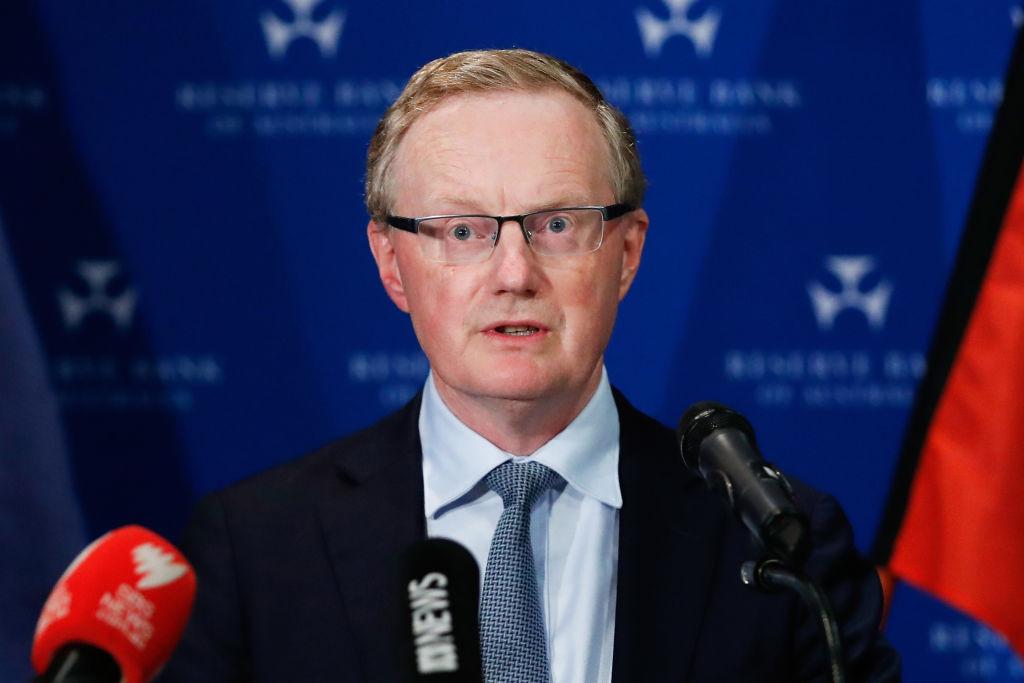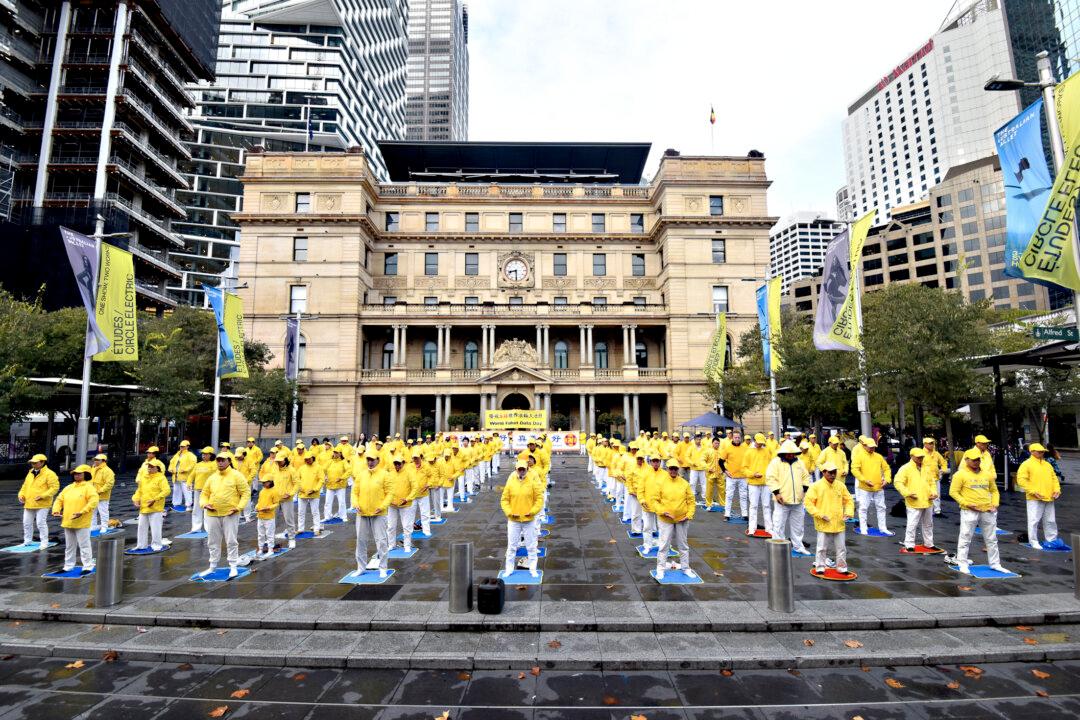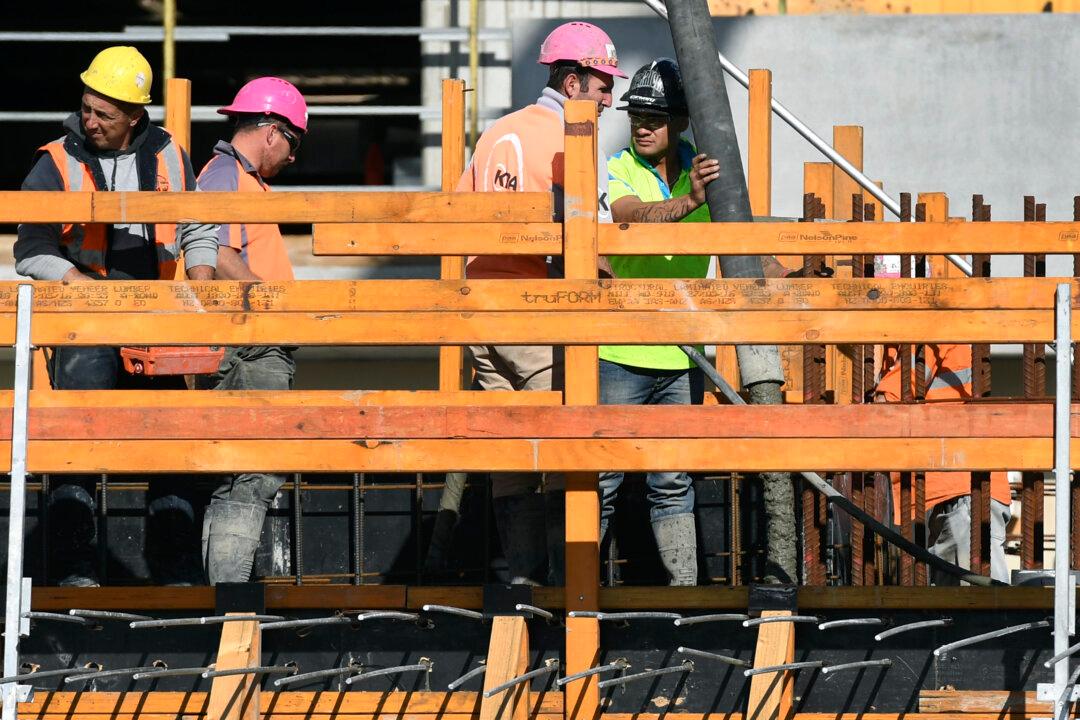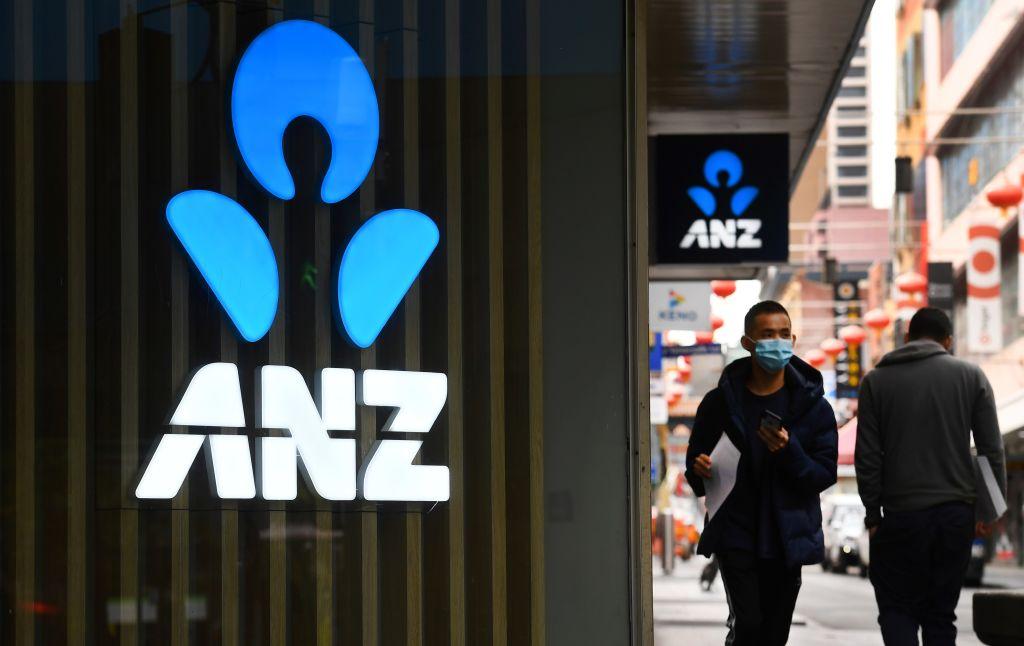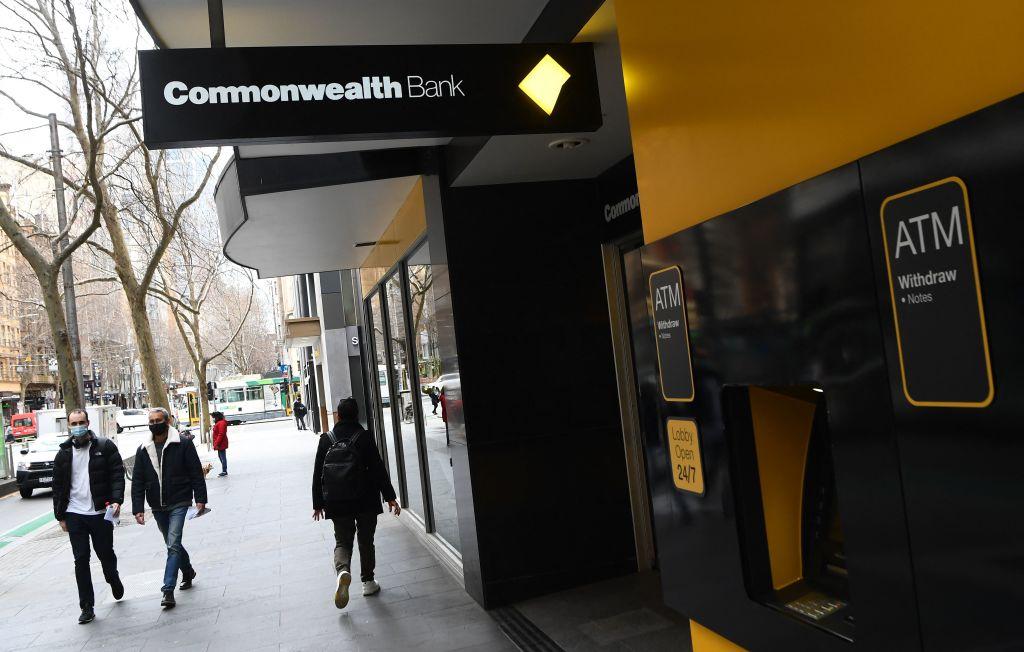Australian Reserve Bank governor Philip Lowe has welcomed the federal government’s $20.4 billion Jobkeep and JobSeeker scheme extension as being key to bolstering the economic recovery from the crisis-induced by the CCP virus.
During his annual speech to the Anika Foundation on July 21, Lowe supported the government’s decision to keep borrowing money against “future income” to continue its economic stimulus measures.
